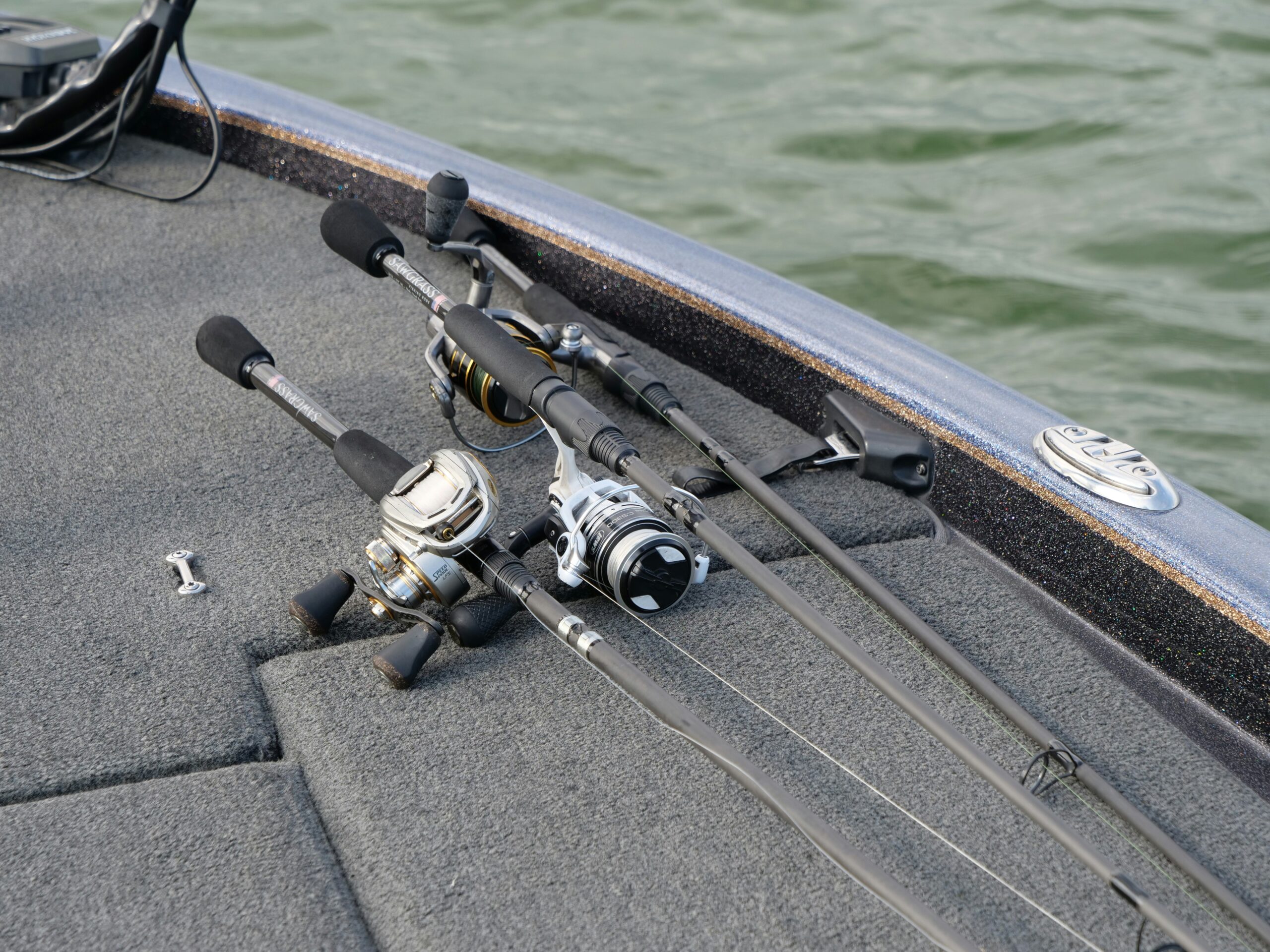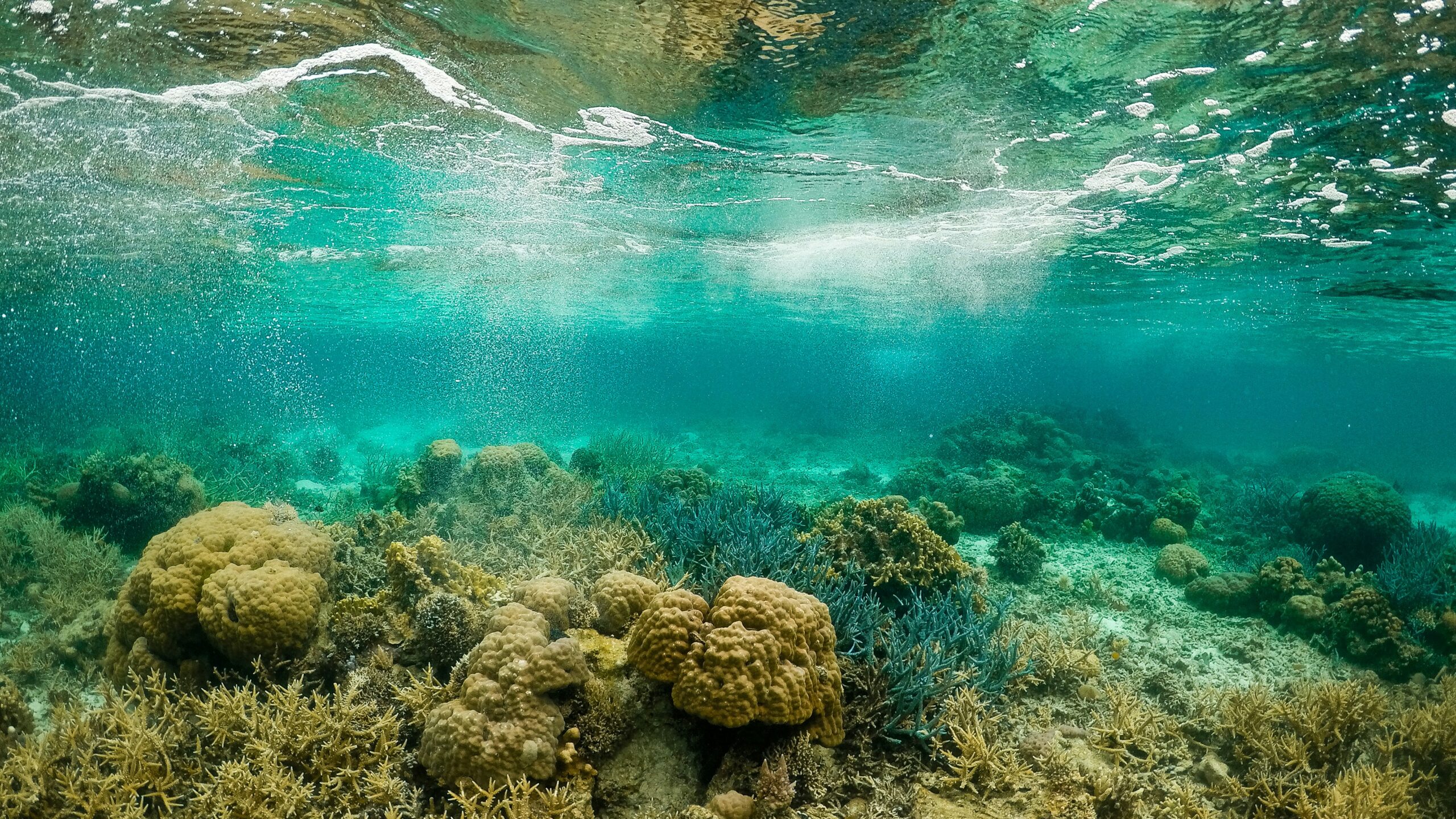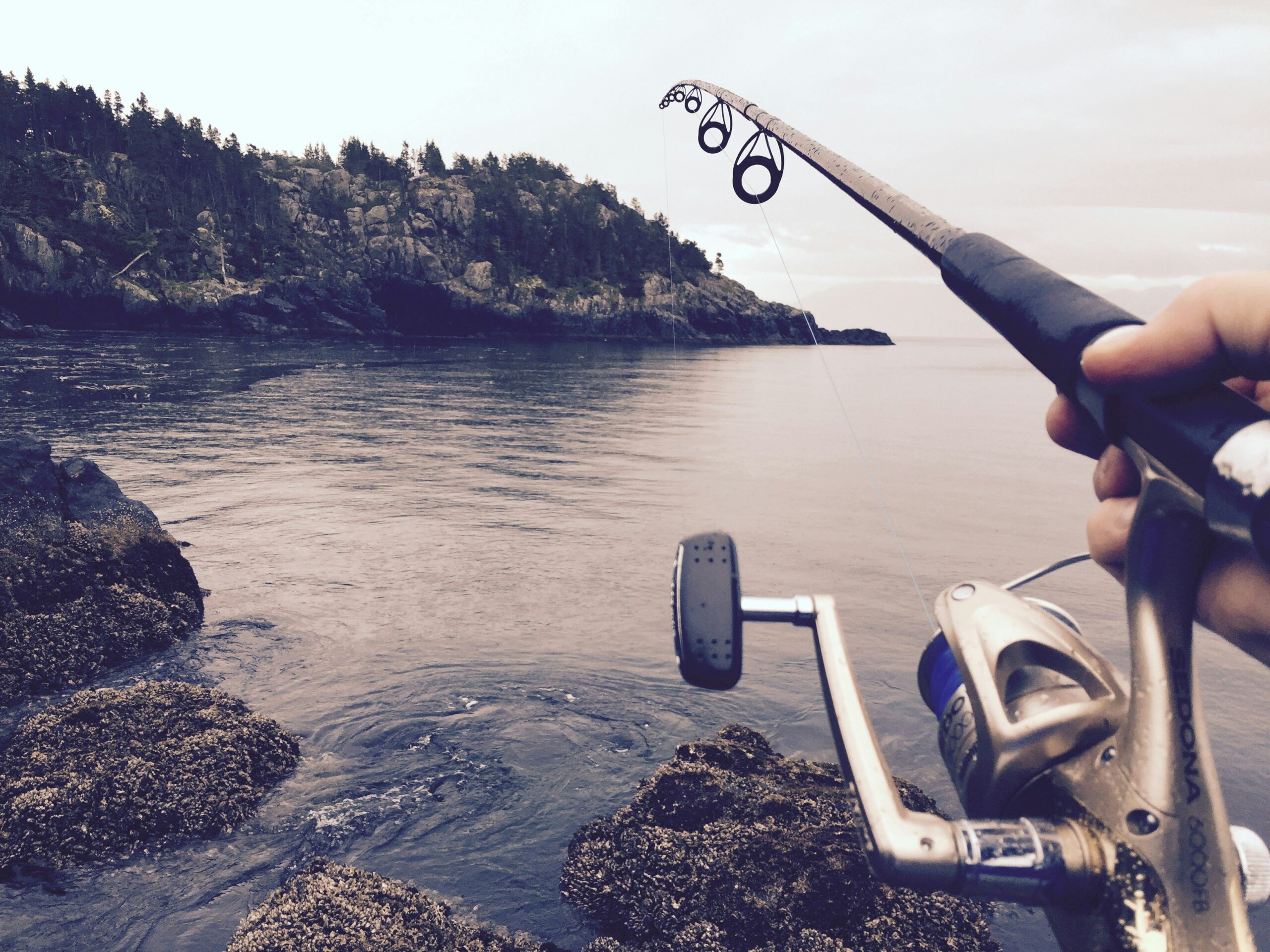As someone who has been fishing for many years, I am often asked by beginners about the basics of fishing. Fishing is a great way to relax, enjoy nature, and even catch your own dinner. However, if you are new to fishing, it can seem overwhelming at first. In this article, I will cover the basics of fishing to help beginners get started.
First and foremost, it's important to understand that fishing requires patience. It's not uncommon to spend hours on the water without catching anything. However, with the right techniques and equipment, you can increase your chances of success. As an angler, you will need a fishing rod, reel, line, hooks, and bait. There are many different types of fishing gear available, so it's important to do your research and choose the right equipment for your needs.
Once you have your gear, it's time to choose a location. Look for areas with plenty of fish, such as rivers, lakes, or oceans. Make sure to check local fishing regulations and obtain any necessary permits before you start fishing. With the right equipment and location, you'll be well on your way to becoming a successful angler.
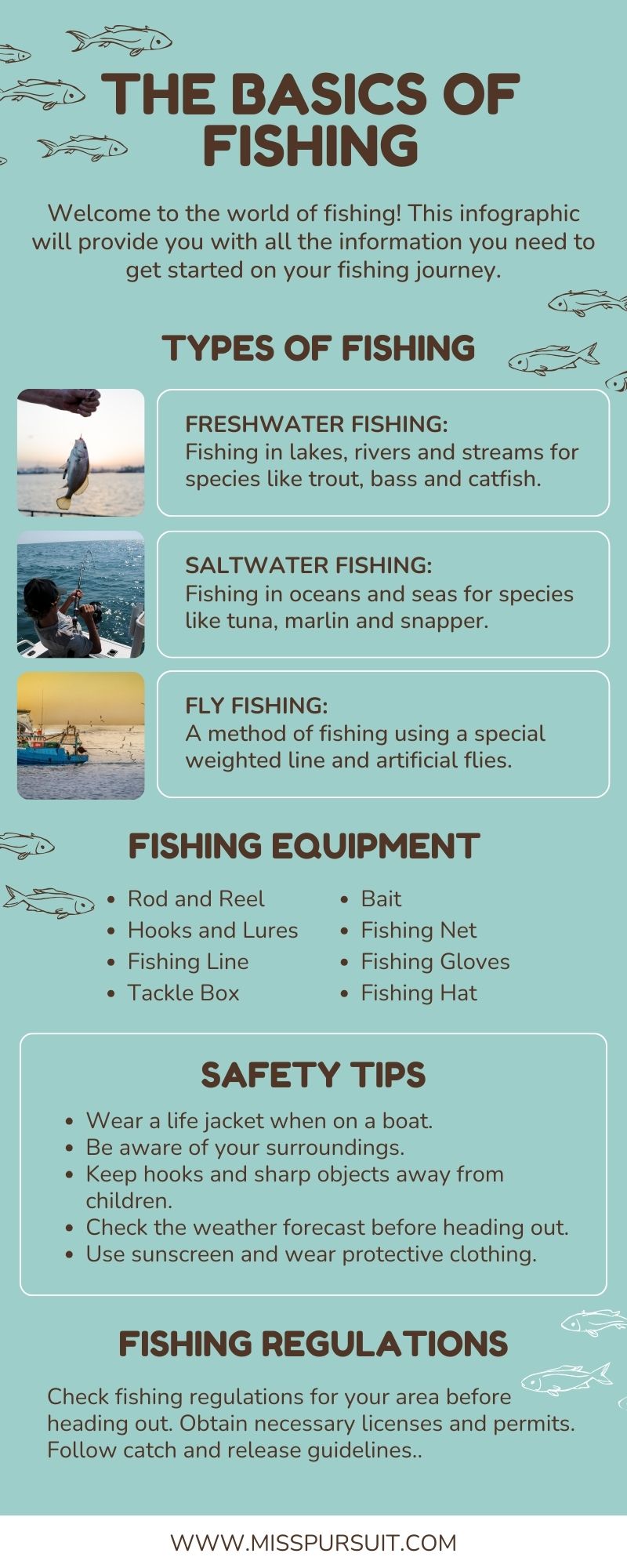
Getting Started with Fishing
Fishing is a great way to enjoy the outdoors and spend time with friends and family. If you're new to fishing, it can be overwhelming to know where to start. In this section, I'll cover the basics of getting started with fishing, including choosing your gear and understanding fishing licenses.
Choosing Your Gear
When it comes to fishing gear, there are a lot of options to choose from. The most basic setup includes a fishing rod, reel, and tackle. Here are some things to consider when choosing your gear:
- Rod: A fishing rod is an essential piece of equipment. There are many different types of rods available, but a basic spinning rod is a good place to start. Look for a rod that is 6-7 feet long and can handle line weights of 6-12 pounds.
- Reel: Your reel should match your rod in terms of line weight. Look for a reel that is easy to use and has a smooth drag system.
- Tackle: Tackle includes hooks, sinkers, bobbers, and lures. Start with a basic tackle box that includes a variety of hooks and sinkers. As you gain experience, you can add more specialized lures to your collection.
Understanding Fishing Licenses
Before you head out to fish, you'll need to make sure you have the proper licenses and permits. Fishing licenses are required in most states and can be purchased online or at a local tackle shop. Here are some things to keep in mind:
- Types of licenses: There are different types of fishing licenses available, including freshwater, saltwater, and combination licenses. Make sure you choose the right type of license for the type of fishing you plan to do.
- Fees: Fishing licenses usually require a fee, which varies depending on the state and type of license. Some states also offer discounted licenses for seniors, disabled individuals, and veterans.
- Regulations: Fishing regulations vary by state and can include restrictions on the type and size of fish you can catch, as well as limits on the number of fish you can keep. Make sure you familiarize yourself with the regulations in your area before you start fishing.
By following these basic guidelines for choosing your gear and understanding fishing licenses, you'll be well on your way to enjoying a fun and rewarding fishing experience.
Read More: Best Drones for Fishing
Fishing Techniques and Tactics
Casting Basics
Casting is an essential skill for any angler. It's the act of throwing the fishing line and bait or lure into the water. To cast correctly, you need to hold the rod with both hands, point it toward the water, and use a smooth motion to swing it back and forth. Once you have built up enough momentum, release the line with your finger to send it flying.
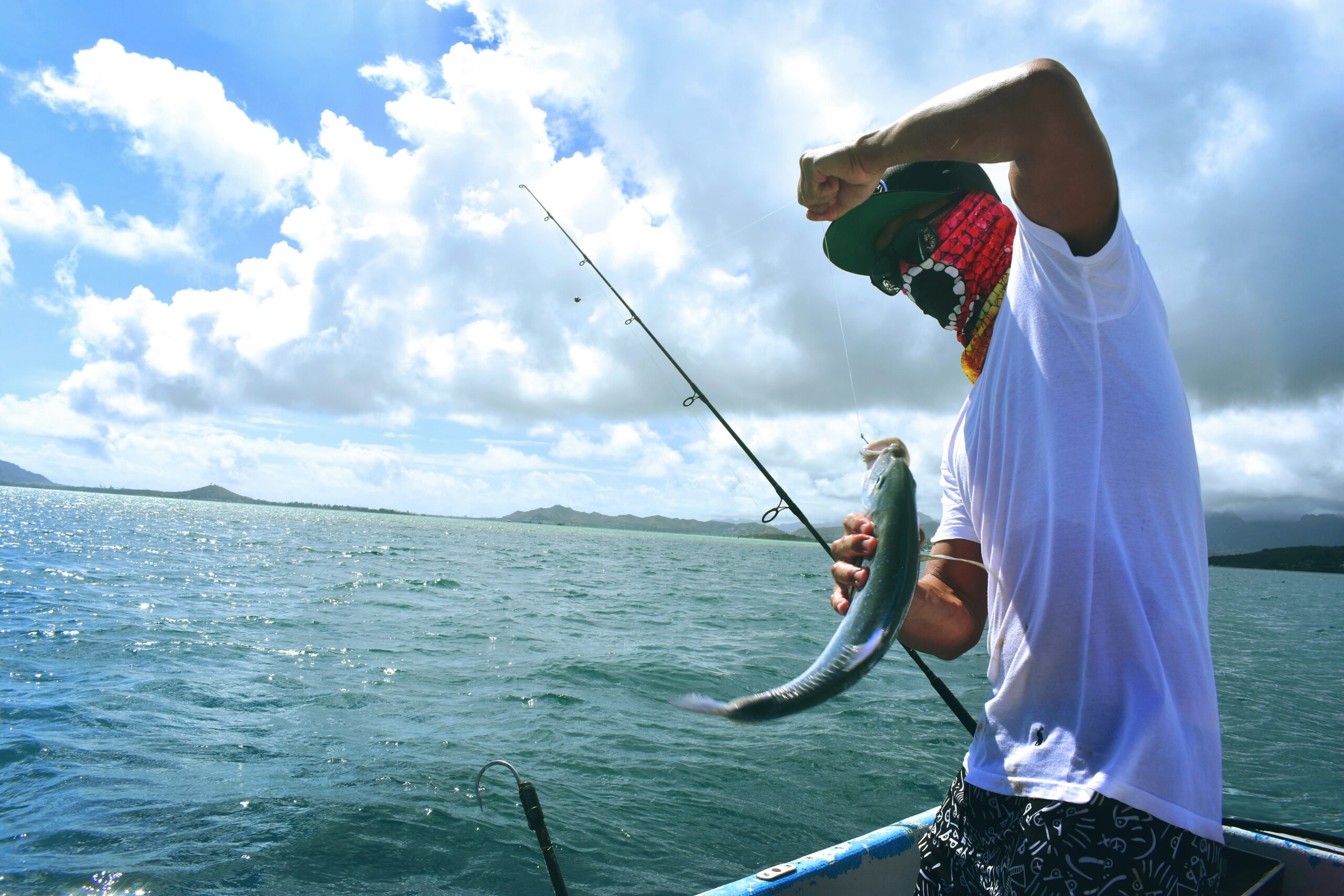
One of the most common casting techniques is the overhead cast, where you bring the rod tip behind you and then forward in a smooth motion. Another technique is the sidearm cast, which is useful when fishing in tight spaces or around obstacles. Practice your casting in an open area before hitting the water to improve your accuracy and distance.
Knot Tying Fundamentals
Tying knots is an essential part of fishing. It's crucial to know how to tie different knots, such as the Palomar knot and the Clinch knot, to attach the fishing line to the hook and lure. The Palomar knot is a strong and reliable knot that works well with braided lines, while the Clinch knot is easy to tie and is suitable for monofilament lines.
Choosing the Right Bait and Lure
Selecting the right bait and lure can make all the difference when it comes to catching fish. Live bait, such as worms and minnows, can be effective for many species, while artificial lures, such as jigs and spinners, can mimic the movement of prey and attract fish to bite. When choosing a lure, consider the fish species you're targeting, the water conditions, and the time of day.
Other important fishing techniques and tactics include selecting the right spot to fish, using the right fishing line and hooks, adjusting your technique based on the type of fish you're targeting, and knowing how to set the hook properly. Using bobbers and split shot can help keep your bait at the right depth, while fishing around weeds and other structures can attract fish looking for cover.
Read More: How to String a Fishing Pole
Overall, mastering fishing techniques and tactics takes practice and patience. With the right skills and knowledge, you can improve your chances of catching fish and enjoy a successful day on the water.
Fish Species and Habitats
Freshwater vs. Saltwater Fishing
When it comes to fishing, there are two main types of water that you can fish in: freshwater and saltwater. Freshwater fishing takes place in bodies of water that have less than 0.05% salinity, such as lakes, ponds, and rivers. Saltwater fishing, on the other hand, takes place in bodies of water that have more than 3% salinity, such as oceans and seas.
Each type of fishing requires different equipment and techniques. Freshwater fishing typically involves lighter tackle and smaller lures, while saltwater fishing requires heavier tackle and larger lures. Additionally, freshwater fish tend to be smaller and more abundant, while saltwater fish can grow much larger but are often more difficult to catch.
Identifying Popular Species
There are many different species of fish that can be found in both freshwater and saltwater habitats. Some of the most popular freshwater species include bass, bluegill, panfish, crappie, perch, and trout. These fish can be found in lakes and rivers all across the country, and are often targeted by anglers for their delicious taste and fighting ability.
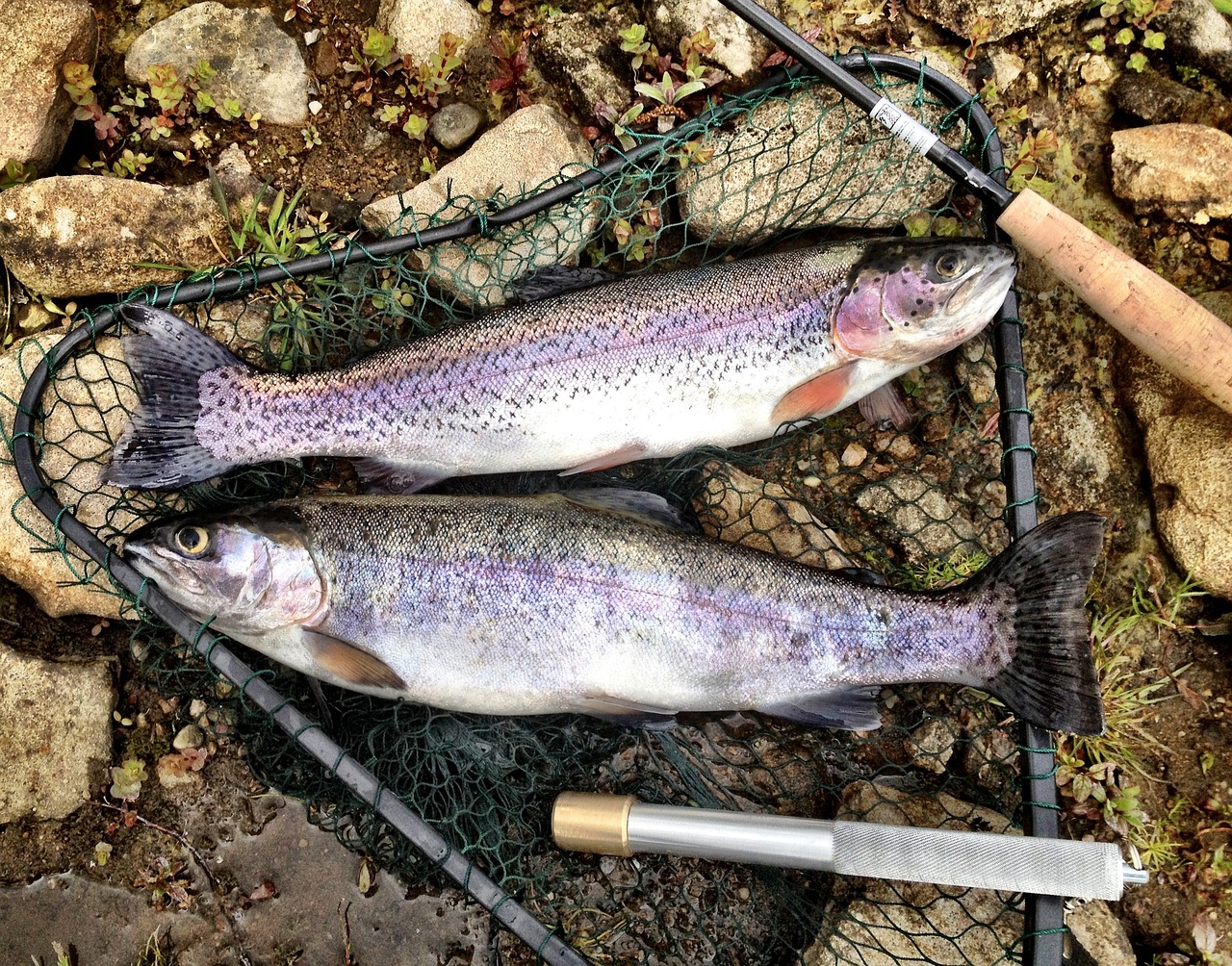
In saltwater habitats, some of the most popular species include largemouth bass, walleye, catfish, rainbow trout, salmon, and cutthroat. These fish can be found in oceans and seas all around the world, and are often targeted by anglers for their size and strength.
When it comes to identifying different species of fish, there are several key factors to look for. These include the shape and color of the fish, as well as the location where it was caught. Additionally, fly fishing is a popular technique used to catch fish in both freshwater and saltwater habitats, and requires specialized equipment and techniques.
Safety and Etiquette
As an avid fisherman, I know that safety and etiquette are crucial aspects of any fishing trip. In order to ensure a safe and enjoyable experience for everyone involved, it's important to follow a few basic guidelines.
First and foremost, always prioritize safety. Before heading out on a fishing trip, make sure to check the weather forecast and water conditions. Wear appropriate clothing and gear, and bring a first aid kit just in case. If you're going ice fishing, be sure to check the thickness of the ice before walking on it.
Patience is also key when it comes to fishing. It's important to be patient and take your time, as rushing can lead to accidents or injuries. Additionally, it's important to be patient with other fishermen and respect their space. Avoid crowding or disturbing other fishermen, and keep noise levels to a minimum.
Read More: Start Minnow Trapping: Your Quick Guide
Quiet is also important when fishing. Fish are easily scared by loud noises, so it's important to be quiet and avoid sudden movements. When approaching a fishing spot, do so slowly and quietly to avoid spooking any fish.
In terms of etiquette, it's important to always clean up after yourself. Don't leave any trash or debris behind, and dispose of any fishing line or hooks properly. Additionally, always follow local fishing regulations and obtain any necessary permits or licenses.
Overall, by following these basic safety and etiquette guidelines, you can ensure a safe and enjoyable fishing experience for everyone involved.
Frequently Asked Questions
What essential gear do I need to start fishing?
To start fishing, you'll need a few basic items. You'll need a fishing rod and reel, fishing line, hooks, bait, and a fishing license. You may also want to consider purchasing a tackle box, a fishing net, and a pair of pliers.
How do I set up my fishing rod for the first time?
To set up your fishing rod for the first time, you'll need to attach the reel to the rod, thread the fishing line through the guides on the rod, tie on a hook, and add bait. Make sure to adjust the drag on your reel to match the weight of the fish you're targeting.
What are the basic techniques for catching fish?
The basic techniques for catching fish include casting, retrieving, and setting the hook. It's important to learn how to cast accurately and how to reel in your line at the right speed. You'll also need to know how to set the hook when you feel a fish biting.
What are the key steps in learning how to fish?
The key steps in learning how to fish include learning about the different types of fish and their habitats, understanding the equipment and techniques used in fishing, and practicing your casting and reeling skills. It's also important to learn about fishing regulations and safety precautions.
What are some effective fishing tips for beginners?
Some effective fishing tips for beginners include using live bait, fishing in areas with structure or cover, and paying attention to weather and water conditions. It's also important to be patient and persistent, and to keep practicing your skills.
Which type of fishing is recommended for those new to the sport?
For those new to fishing, it's recommended to start with freshwater fishing for species such as bass, crappie, or bluegill. This type of fishing is usually easier to learn and requires less specialized equipment than saltwater fishing.

